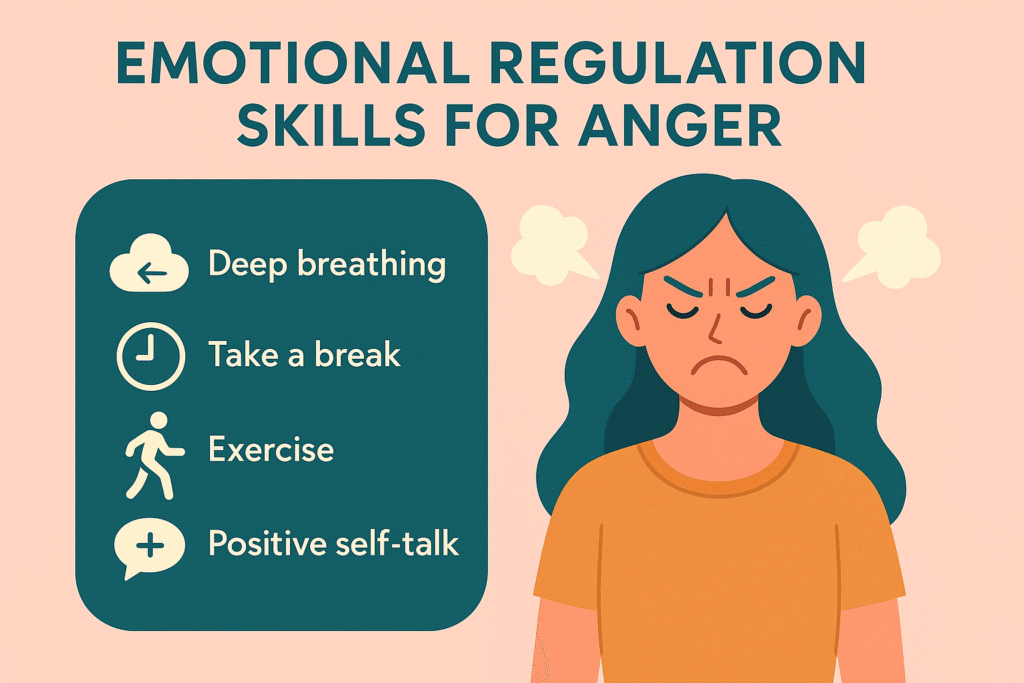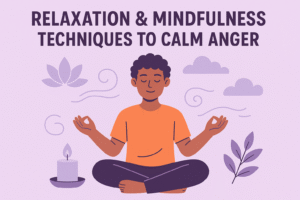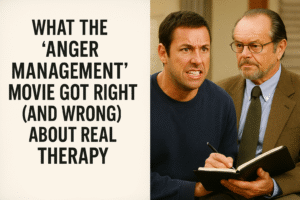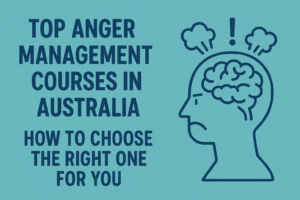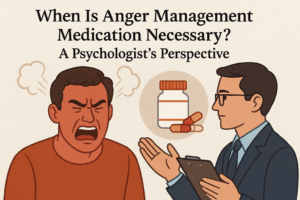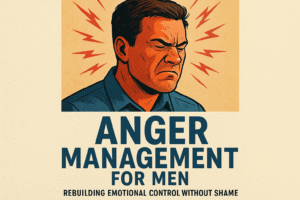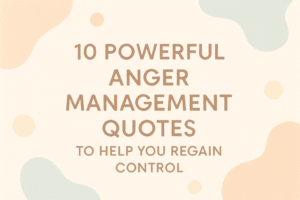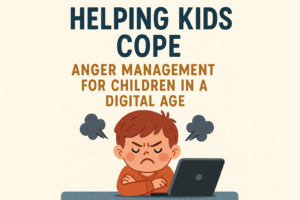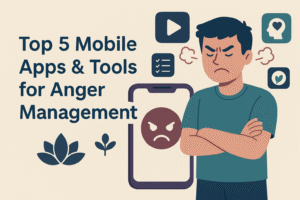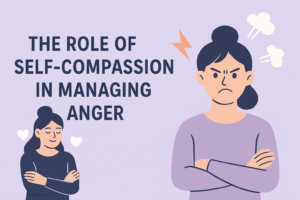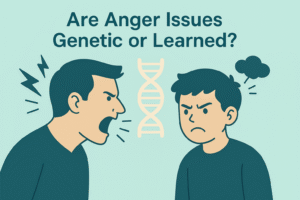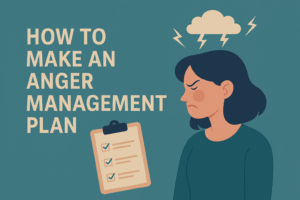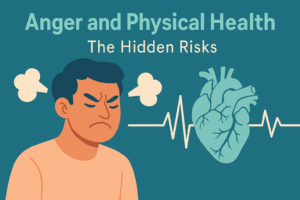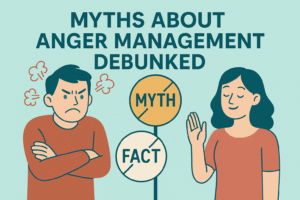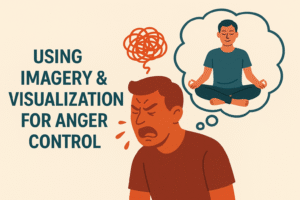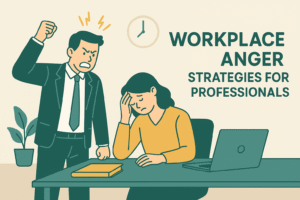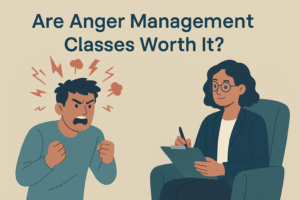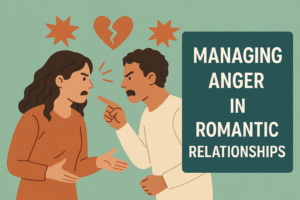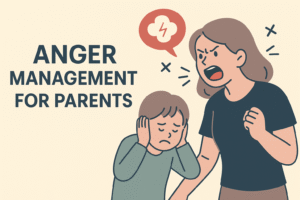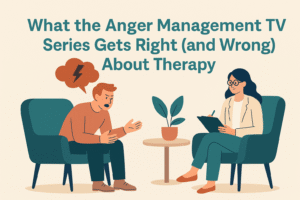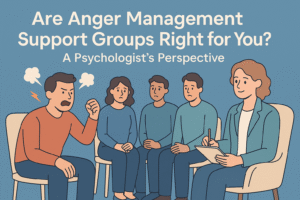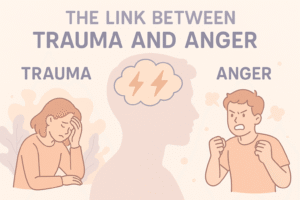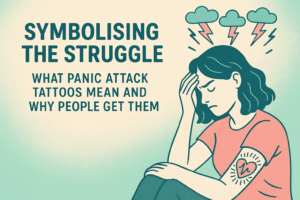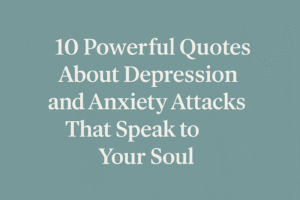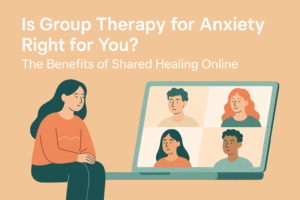Anger is a natural human emotion. It often signals that something feels wrong, unfair, or threatening. But while anger itself isn’t bad, how we handle it matters. When left unchecked, anger can damage relationships, hurt our well-being, and create lasting regret. That’s where emotional regulation skills come in.
Emotional regulation means learning to respond to feelings—especially intense ones like anger—in thoughtful, constructive ways. It doesn’t mean suppressing or ignoring your emotions. Instead, it’s about recognizing what you feel and choosing how you act on it. In this guide, you’ll learn how emotional regulation works, step-by-step methods to apply it, long-term habits to support emotional control, and practical tips for everyday life.
What Emotional Regulation Means
Emotional regulation is your ability to manage and respond to your emotions in a way that aligns with your values and goals. When anger takes over, we may say things we don’t mean or act in ways we later regret. Regulation gives you the tools to slow down and respond instead of reacting.
Think of it as a pause button for your feelings. Rather than letting anger drive your decisions, emotional regulation lets you notice the emotion, reflect, and choose how to respond. This builds stronger relationships and helps you feel more in control of your life.
Importantly, emotional regulation isn’t about avoiding feelings. It’s about accepting your emotions without letting them control your behavior. It allows you to stay grounded—even when you’re upset.
Step-by-Step Examples of Emotional Regulation
Let’s explore how emotional regulation works in real situations. Imagine someone cuts you off in traffic, and you feel a surge of anger. Here’s how emotional regulation would help:
Step 1: Pause Before Reacting
Take a deep breath. Give yourself space before responding. Even three seconds can make a difference.
Step 2: Acknowledge Your Emotion
Say to yourself, “I’m feeling angry.” Naming the emotion helps reduce its intensity and keeps you in observer mode, rather than becoming overwhelmed.
Step 3: Understand the Cause
Ask, “Why did this make me angry?” You might realize it’s not just the traffic—it’s also that you’re feeling rushed or disrespected.
Step 4: Choose a Response
Instead of yelling or driving aggressively, you might decide to let it go and turn on calming music. You’ve redirected your emotion into a constructive choice.
This four-step framework works in many situations, from work stress to family disagreements. With practice, it becomes second nature.
Long-Term Emotional Control Habits
Learning emotional regulation isn’t only about in-the-moment tools. It also involves building daily habits that help you stay emotionally balanced over time.
Here are some habits that support emotional control:
1. Daily Emotional Check-Ins
Spend 2–5 minutes each day reflecting on how you feel. You can write it down or simply sit quietly and observe your emotions. This helps you stay aware of how your mood shifts throughout the day.
2. Physical Activity
Regular movement, such as walking, yoga, or strength training, helps release built-up tension and supports a healthy emotional state.
3. Quality Sleep
Sleep affects how we regulate emotions. When you’re well-rested, you’re more patient, calm, and able to think clearly in heated moments.
4. Limiting Stimulus Overload
Too much noise, social media, or multitasking can overstimulate your nervous system. Create moments of calm each day where you unplug and reset.
5. Breathing or Meditation Practices
A few minutes of deep breathing or guided meditation each day builds your internal ability to regulate. It calms your nervous system and prepares your body to handle stress.
The more consistent these habits become, the less reactive you’ll feel during challenging situations.
Practical Tips for Daily Life
Even on busy days, you can use emotional regulation techniques in real time. Here are simple, practical tips to apply daily:
Use “Name It to Tame It”
When you feel angry or overwhelmed, pause and name what you’re feeling: “I’m feeling frustrated” or “I’m irritated.” This creates space between you and the emotion.
Try the 5-4-3-2-1 Grounding Method
This is a quick mindfulness technique:
- 5 things you can see
- 4 things you can touch
- 3 things you can hear
- 2 things you can smell
- 1 thing you can taste
It helps redirect your focus and calm your nervous system in moments of stress.
Prepare Responses for Common Triggers
If certain situations often make you angry—like being interrupted—plan ahead. Rehearse calm responses you can use, such as, “Let me finish my thought and then I’ll listen to yours.”
Use Breaks as Regulation Time
If you feel irritation building, step away for a moment. Go outside, stretch, or breathe deeply. Short pauses can reset your emotional state before things escalate.
Practice Self-Compassion
Be kind to yourself when you don’t handle things perfectly. Emotional regulation is a skill—it takes time and effort to learn. Each step you take helps build your emotional strength.
Why Emotional Regulation Matters for Anger
Unmanaged anger can cause:
- Arguments and relationship strain
- Reputational damage at work or socially
- Increased anxiety or guilt afterward
- Physical symptoms like headaches or chest tightness
On the other hand, learning to regulate your emotions leads to:
- Healthier communication
- Greater confidence in handling stress
- Reduced conflict in your personal and professional life
- A calmer, more stable sense of self
When you feel in control of your emotions, you’re more likely to get your needs met without hurting others—or yourself.
When to Seek Help
If your anger feels unmanageable, overwhelming, or is causing frequent conflict, professional support can help. There’s no shame in asking for help—in fact, it shows strength and self-awareness.
At youronlinepsychologist, we offer online therapy tailored to anger and emotional regulation. Whether you’re looking for one-on-one sessions or guided tools to practice at your own pace, support is available from the comfort of your space.
We’ll help you:
- Understand your triggers
- Learn practical emotional regulation strategies
- Apply new responses in daily life
- Build long-term emotional resilience
Final Thoughts
Anger is a natural part of life—but you don’t have to let it control you. With emotional regulation skills, you can shift from reacting impulsively to responding with clarity, calm, and intention.
By building daily habits, applying real-life strategies, and seeking support when needed, you’ll develop the confidence to manage even the most intense emotions. It’s not about perfection—it’s about progress.

